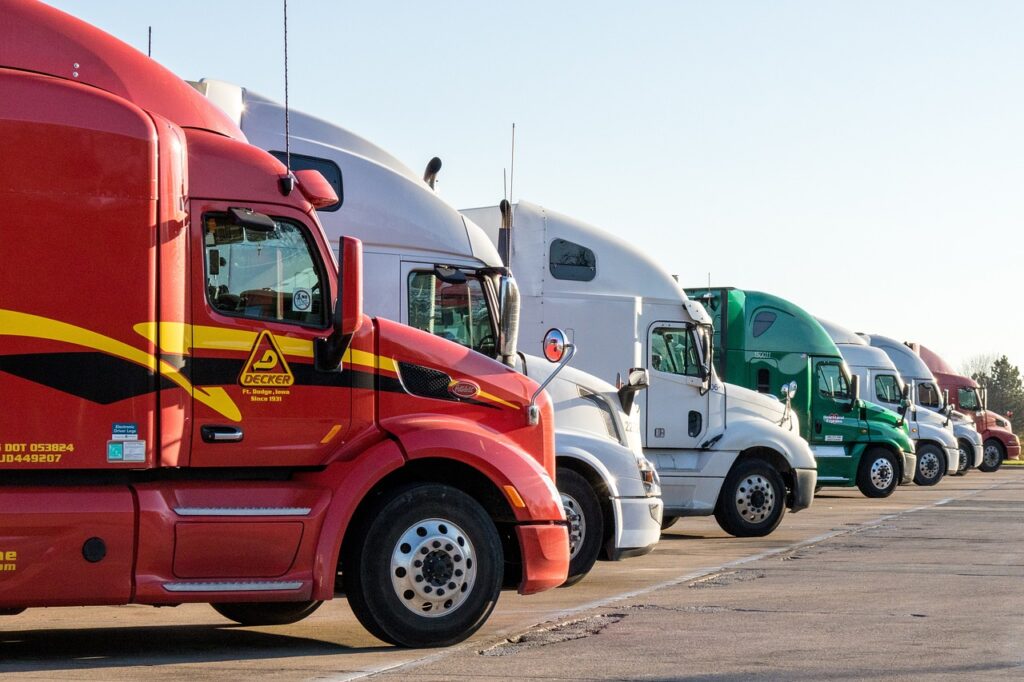
Efficiently transporting components is a critical aspect of various industries, requiring a strategic approach to logistics and safety. Let’s delve into essential strategies for seamless and secure component transportation.
Logistics Planning and Optimization
Successful component transportation hinges on meticulous logistics planning and optimization.
This encompasses route selection, load scheduling, and inventory management. Leveraging advanced logistics software can facilitate real-time tracking, enhance route efficiency, and minimize transit times.
Collaborating with experienced logistics professionals can provide valuable insights for streamlining transportation processes and improving overall operational efficiency.
Supply Chain Integration
Seamless integration within the supply chain is pivotal for efficient component transport. Establishing clear communication channels between suppliers, transporters, and recipients fosters synergy and minimizes disruptions.
Utilizing integrated supply chain management systems enables end-to-end visibility, ensuring that components are transported in accordance with production and assembly schedules. This cohesive approach enhances coordination and responsiveness throughout the transportation process.
Safety Protocols and Compliance
Prioritizing safety protocols and regulatory compliance is non-negotiable when transporting components.
Adhering to industry-specific safety standards, securing loads effectively, and conducting regular equipment maintenance are fundamental practices. Furthermore, comprehensive driver training and adherence to transportation regulations contribute to a culture of safety and reliability.
Collaboration with safety experts and continuous improvement initiatives further fortify the commitment to maintaining a secure transportation environment.
Risk Management and Contingency Planning
Effective risk management entails proactive identification of potential vulnerabilities and development of robust contingency plans.
Assessing factors such as weather-related risks, road conditions, and unforeseen delays enables preemptive measures to mitigate disruptions.
By establishing alternative routes, implementing dynamic scheduling, and maintaining open communication with stakeholders, organizations can minimize the impact of unforeseen challenges and uphold delivery timelines.
Technology Integration for Efficiency
Integration of cutting-edge technology optimizes the efficiency of component transportation.
Utilizing telematics for vehicle monitoring, GPS tracking for real-time visibility, and IoT-enabled sensors for cargo security enhances operational transparency and control.
Automation of administrative tasks through cloud-based systems and electronic documentation expedites processes, reduces errors, and increases overall operational efficiency.
Sustainability Initiatives
Incorporating sustainable practices into component transportation aligns with environmental stewardship and corporate responsibility.
Optimizing transportation routes to reduce fuel consumption, utilizing eco-friendly packaging materials, and investing in low-emission vehicles contribute to carbon footprint reduction.
Collaborating with environmentally conscious partners and adhering to sustainability certifications reinforces a commitment to eco-friendly transportation practices.
Throttle Valves
In the context of component transportation, throttle valves play a critical role in maintaining balance and precision within supply systems. Valves ensure that various components of the transport system are connected and communicate effectively, while throttle valves control the flow, providing the necessary checks to modulate the speed and volume of component delivery.
When strategically implemented, these valve systems can greatly enhance logistical efficiency, reducing bottlenecks and ensuring timely distribution aligned with demand. Adopting such mechanical controls can lead to more predictive and adaptive operations, thus improving the responsiveness of the entire supply chain.
Conclusion
Efficient component transport is a multifaceted endeavor that demands strategic planning, adherence to safety standards, and integration of advanced technologies.
By prioritizing logistics optimization, fostering supply chain integration, and upholding safety and compliance, organizations can streamline component transportation processes and enhance overall operational efficiency.
Embracing sustainable initiatives and proactive risk management further position businesses to navigate the complexities of component transport with resilience and responsibility.
Also read: Unlocking Efficiency: How Container Transport Services Can Help







